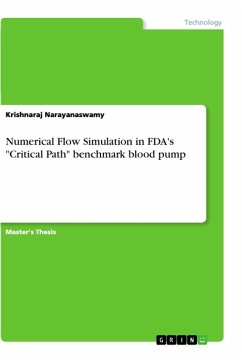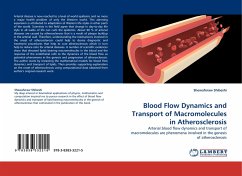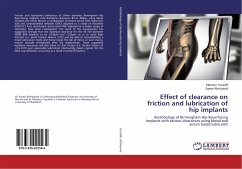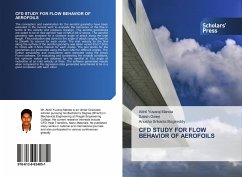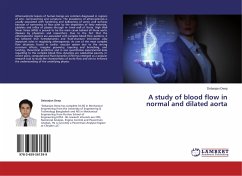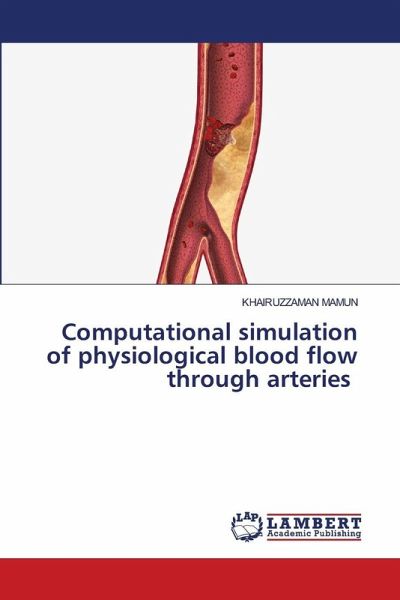
Computational simulation of physiological blood flow through arteries
Versandkostenfrei!
Versandfertig in 6-10 Tagen
56,99 €
inkl. MwSt.

PAYBACK Punkte
28 °P sammeln!
This study aims to investigate the flow behaviour of physiological blood flow through arterial stenosis for measuring the effects of stenotic Shapes on various physiological parameters. This is to provide a basic understanding of the effects of stenotic shapes. The blood is assumed to be incompressible, homogeneous and non-Newtonian, while the artery is assumed to be a rigid wall, but in some part of this study artery is considered to be elastic. Since the blood flow is to be fully developed at the inlet region of the arterial tube, the inlet velocity profile is taken as parabolic and spiral. ...
This study aims to investigate the flow behaviour of physiological blood flow through arterial stenosis for measuring the effects of stenotic Shapes on various physiological parameters. This is to provide a basic understanding of the effects of stenotic shapes. The blood is assumed to be incompressible, homogeneous and non-Newtonian, while the artery is assumed to be a rigid wall, but in some part of this study artery is considered to be elastic. Since the blood flow is to be fully developed at the inlet region of the arterial tube, the inlet velocity profile is taken as parabolic and spiral. Moreover, the time-dependent pressure profile has been taken for the outlet boundary condition. The physiological velocity profile has been imposed at the inlet for the unsteady condition.




